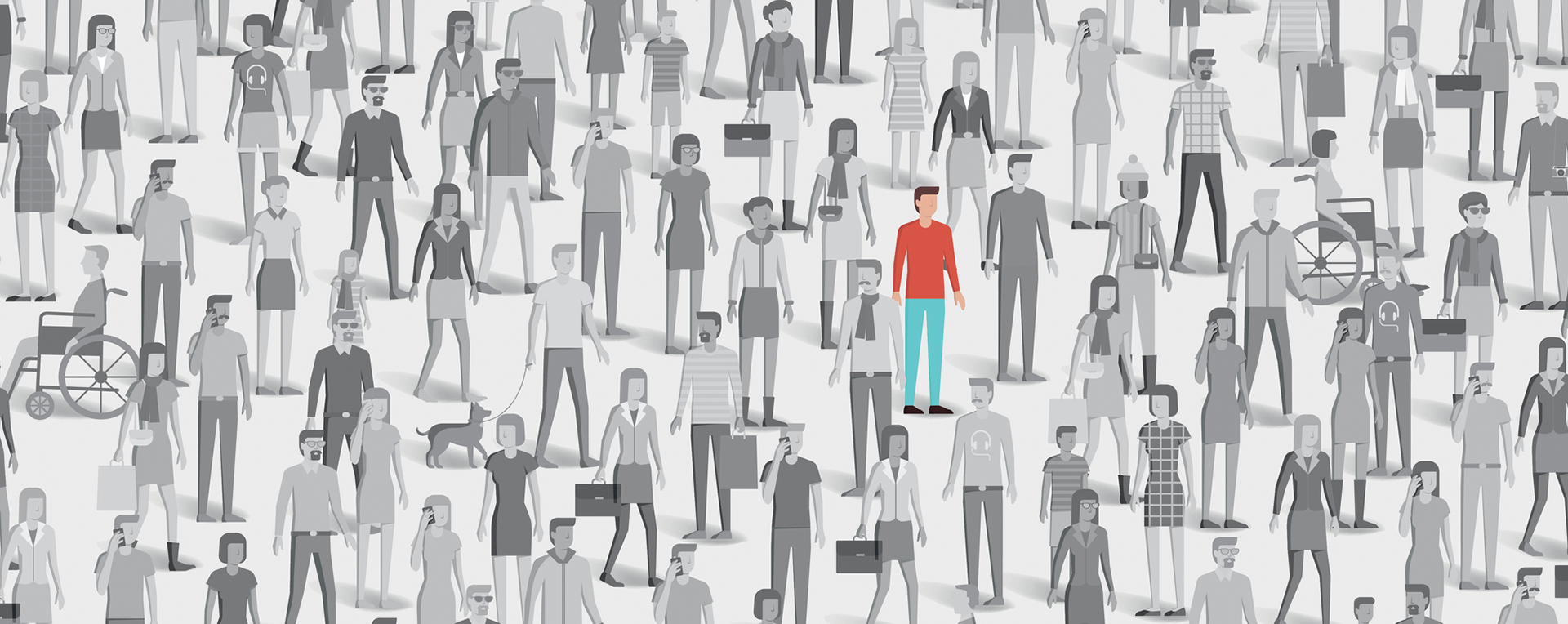LinkedIn interviewed me in their New York studio last year. I love their choice of background video clips for this three-minute video
I spent most of the time talking about how ridiculous it is for marketing execs to talk in 18+/- year generational terms. Do the high school classmates of Mark Zuckerberg have much in common with those who graduated from high school last year? I don’t think so.
Here is a brief rundown of the generations by decade born that help sales and marketing execs better segment their customers. In our housing demand model, we use these definitions as well as household composition, financial resources, and psychographic profiles to really help companies maximize the return on their marketing dollars.
- 1940s-born Achievers got ahead financially with a surge in dual-income households and far fewer expenses because they had fewer children. Those kids, however, witnessed a 200% surge in divorces, impacting them tremendously.
- 1960s-born Equalers were the first generation to have more women graduate from college than men, a disparity that continues to grow.
- 1970s-born Balancers redefined success to be success at work and home. They were hit hardest by the Great Recession, since many of them bought their first home right before the crash.
- 1980s-born Sharers invented the "sharing economy," using technology to more efficiently spend their money by starting companies that help us share cars, houses, and experiences.
- 1990s-born Connectors have led the addiction/connection to smartphones and stay connected 24/7 to friends, family, and global news.
- 2000s-born Globals are globally connected and still figuring out how they are going to change the world. Most of them only remember periods of economic growth.
By breaking the generations down by decade born, and even year born if you want to get more detailed, you can do much better analysis. You will be comparing shifts in generations that are the same number of years and similar in size (40–44 million people each from 1950 through 2010), having more productive discussions at work, and we have learned that you will be having more fun in the process since it has encouraged us to share more about our backgrounds with each other.
For help applying these principles to your decisions, please contact us, and we will have the right person get back to you as soon as possible.



